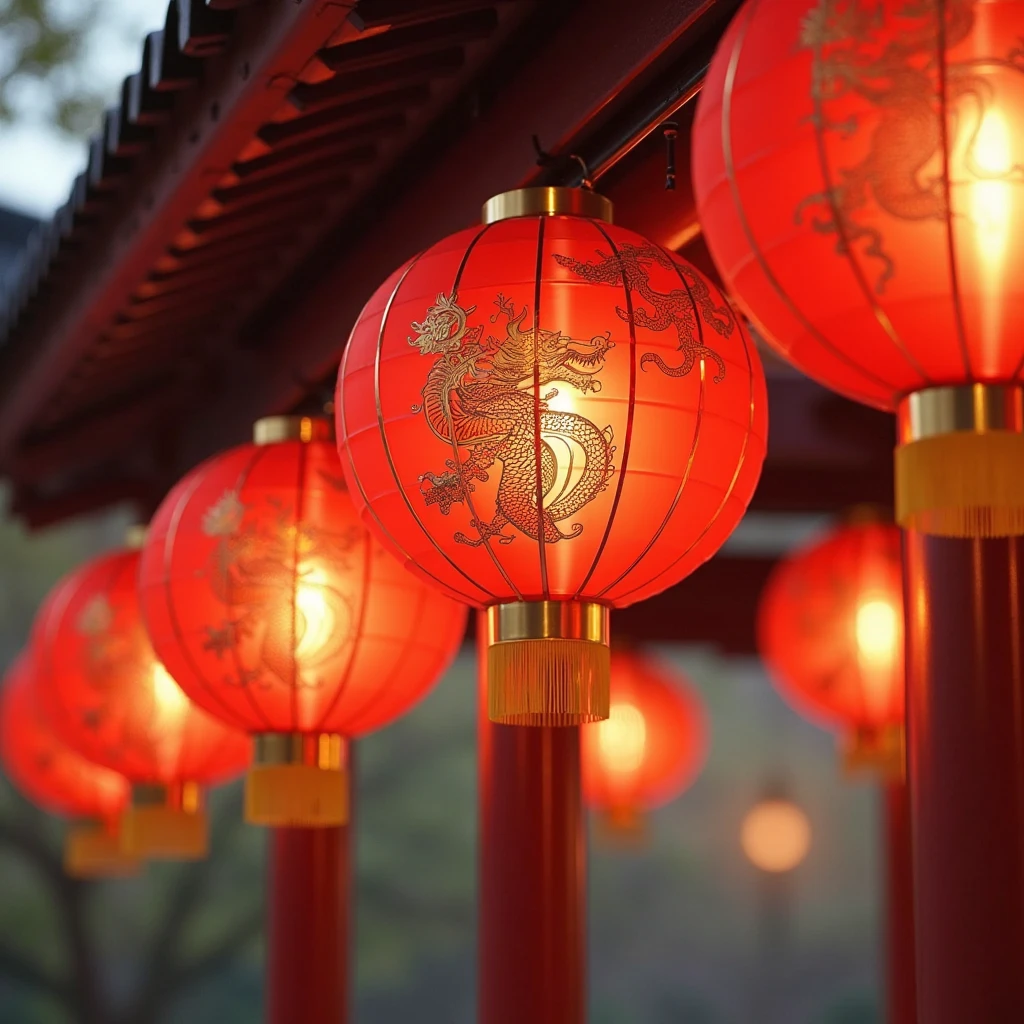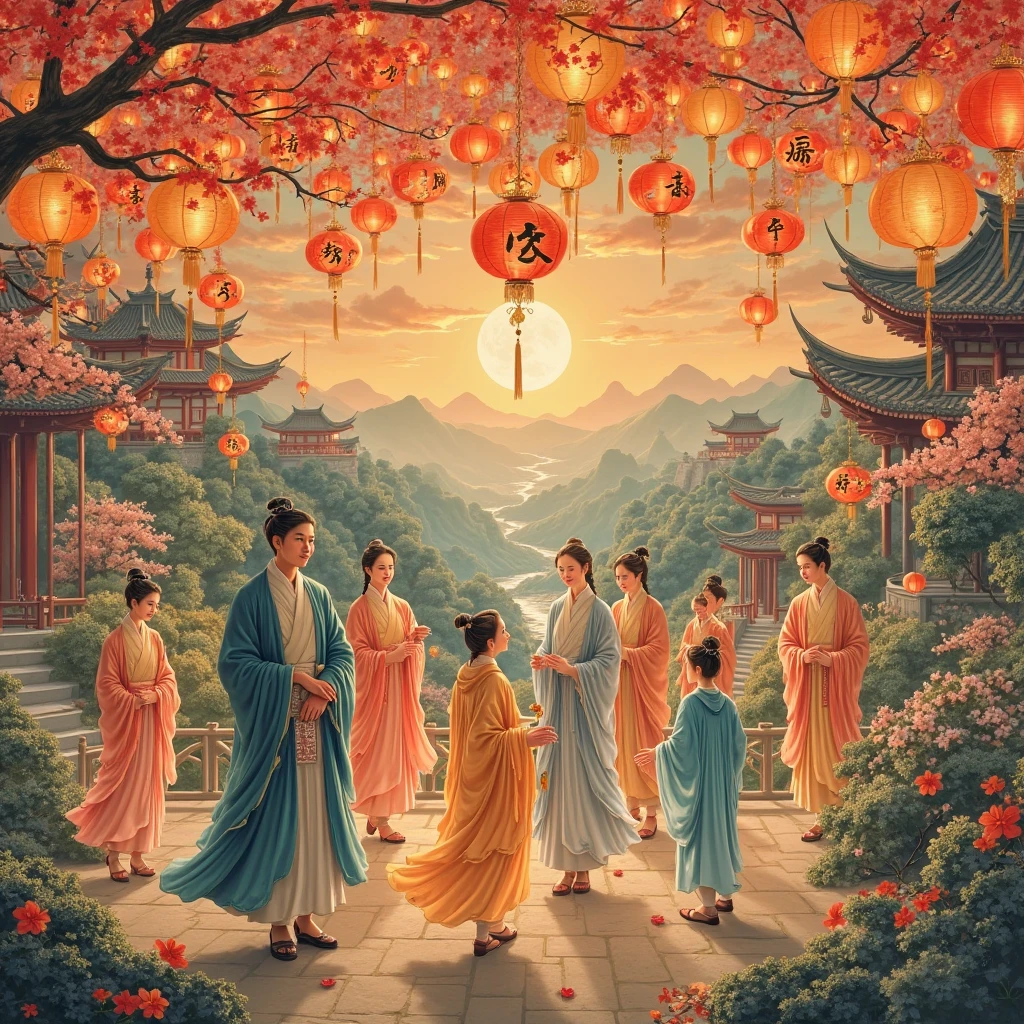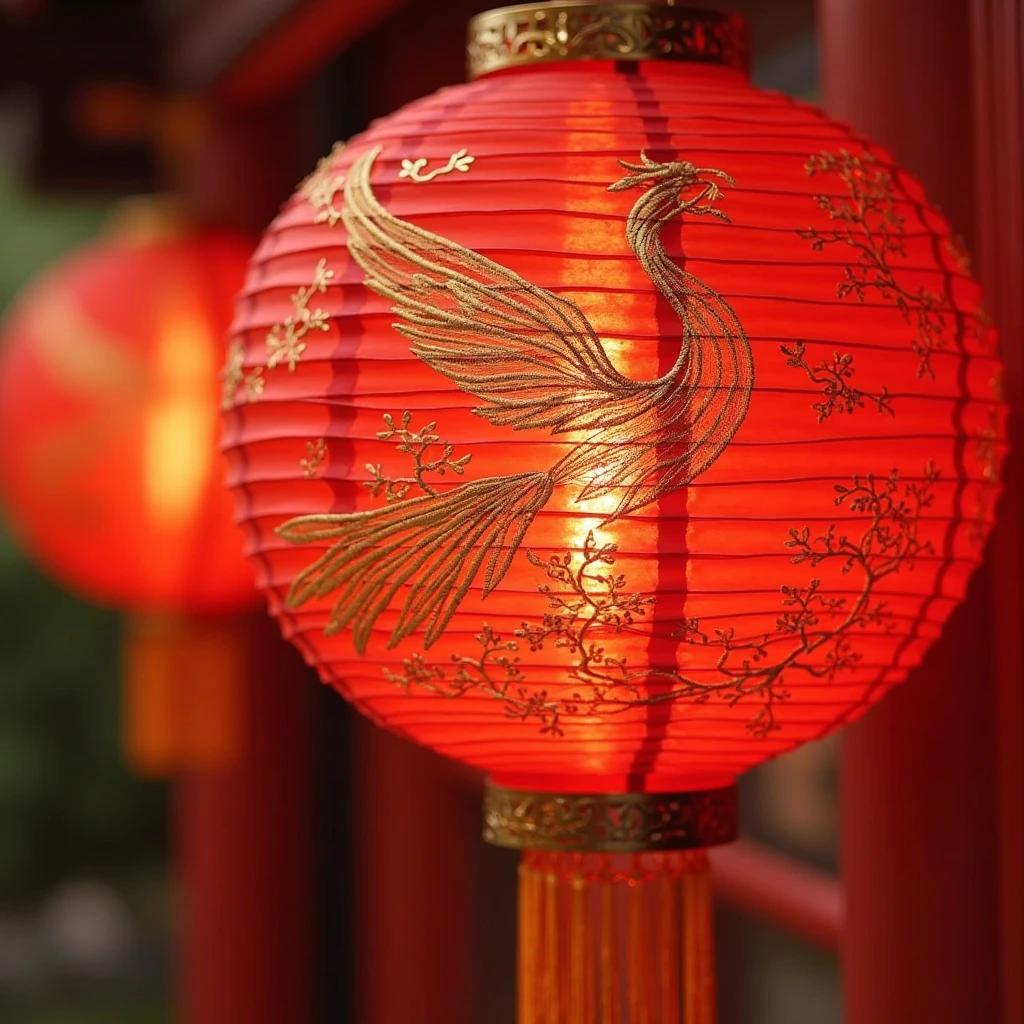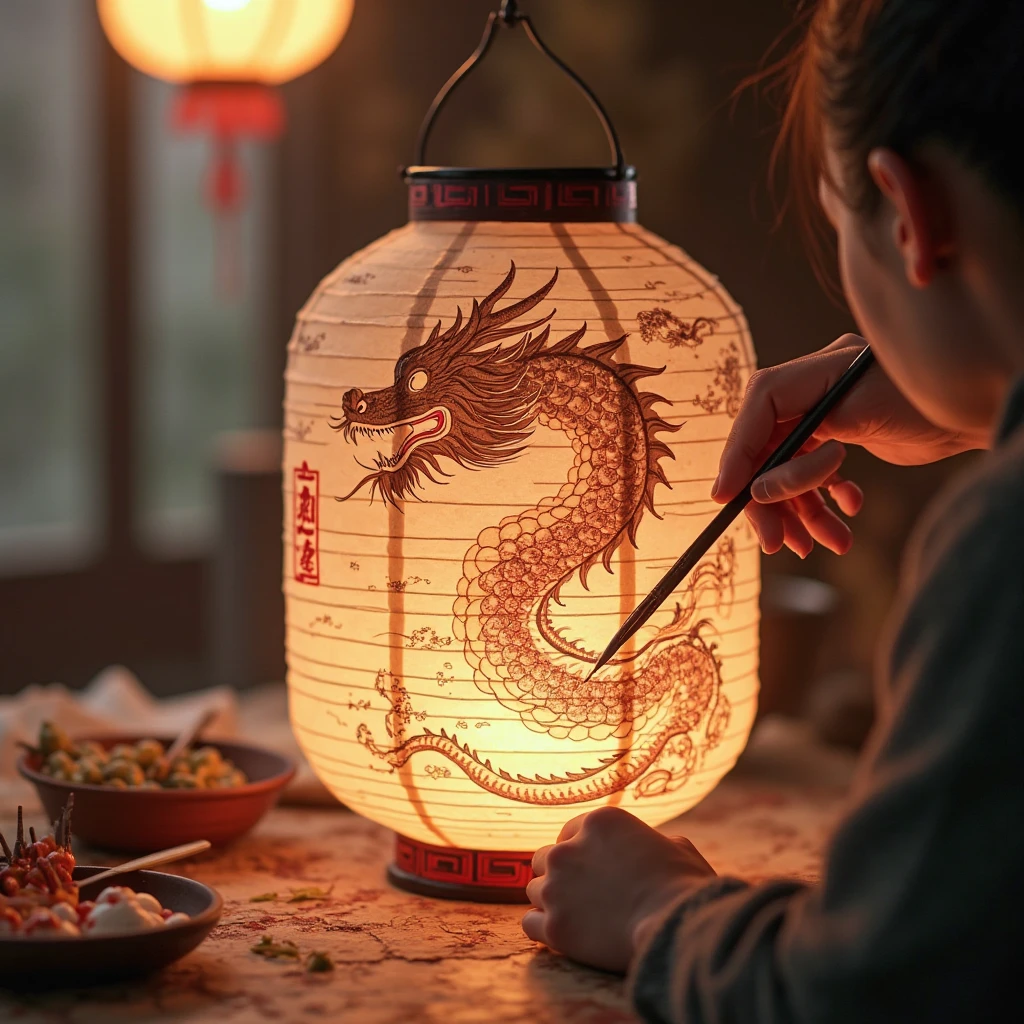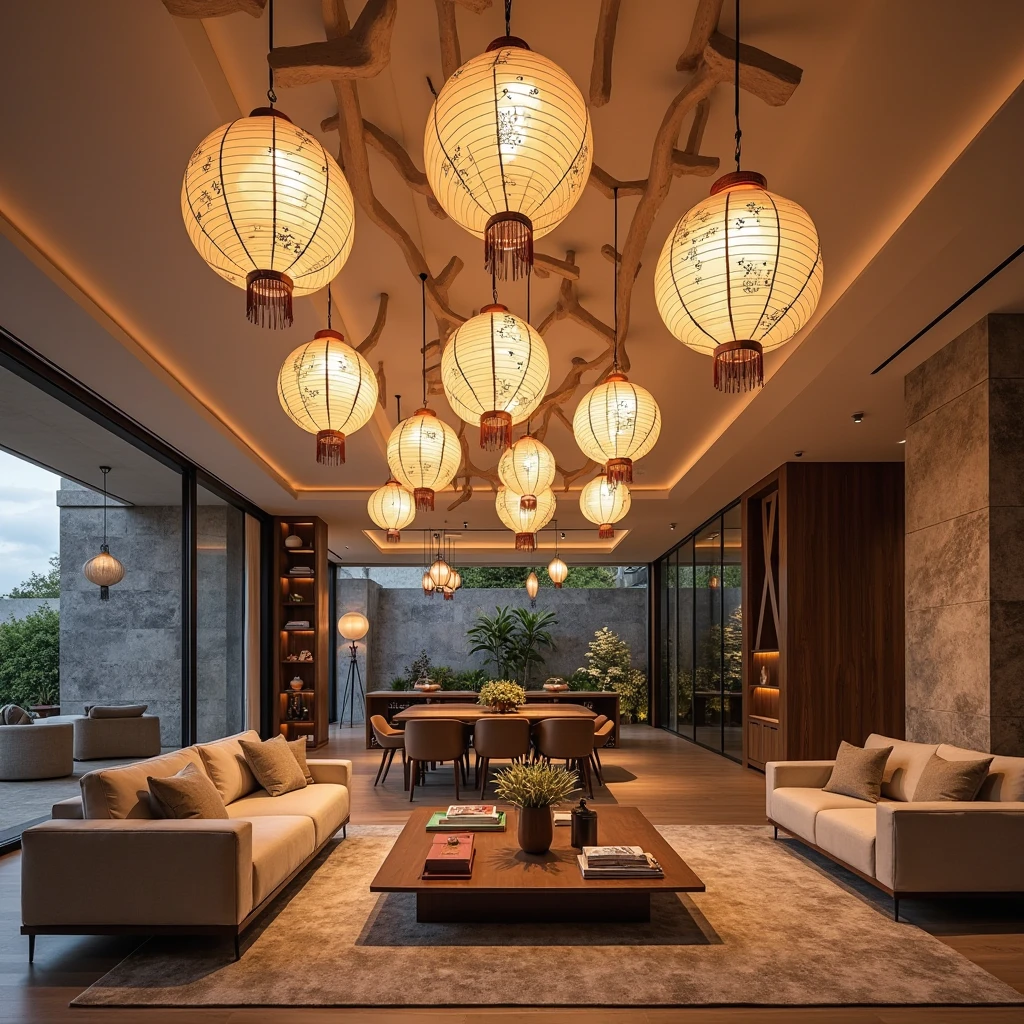Chinese paper lanterns are not just sources of light, but centuries-old symbols of happiness, prosperity and the cultural heritage of the Celestial Empire. These elegant products decorate festivals, temples and homes, and their patterns hold secret messages. In this article you will learn:
✔ The history of Chinese lanterns - from antiquity to the present day.
✔ The significance of traditional patterns (dragons, flowers, hieroglyphics).
✔ 5 types of lanterns and their role in culture.
✔ How to make an authentic flashlight with your own hands.
✔ Modern applications in decor and holidays.
🏮 History of Chinese paper lanterns
Origins (3rd century B.C.)
The first references to lanterns are found in the chronicles of the Han era. They were used:
- In Buddhist temples, for lighting altars.
- In the military, it's for signaling.
- The imperial court as a symbol of power.
The heyday (10th century A.D.)
During the Tang Dynasty, lanterns began to be decorated with silk and painting. Appeared:
- Floating - were launched during the Qingming Festival.
- Celestial - the forerunners of balloons.
Modernity
Today, lanterns are a must-have:
- of the Spring Festival (New Year's Eve according to the lunar calendar).
- of the Lantern Festival (15th day of the 1st lunar month).
- Weddings and business start-ups.
🎨 Symbolism of patterns
Every element on the lantern has a deep meaning:
1. Dragons
- 9 cohorts - the symbol of the emperor.
- With a pearl - wisdom and immortality.
2. Phoenixes
- Pairing with a dragon signifies harmony of the masculine and feminine.
3. Flowers
| Plant | Significance |
|---|---|
| Peony | Wealth and nobility |
| Lotus | Purity and enlightenment |
| Plum | Resilience in the face of adversity |
4. Hieroglyphics
- 福 (fú) - "happiness" (often reversed - "happiness has come").
- 寿 (shòu) - "longevity".
🏮 5 main kinds of Chinese lanterns
1. Holiday (红灯笼)
- Color: red (warding off evil spirits).
- Shape: round or cylindrical.
- Where to hang: at the entrance to the house.
2. Heavenly (孔明灯)
- Invented by the strategist Zhuge Liang..
- Started with a burning candle inside.
3. Palace
- Material: silk + gilding.
- Patterns: dragons and phoenixes exclusively.
4. Buddhist
- Color: yellow (symbol of the earth).
- Inscription: mantras.
5. Children's
- Shapes: rabbits, fish, flowers.
- Use at the Mid-Autumn Festival.
✂️ Master class: traditional lantern with your own hands
Materials:
- Red rice paper.
- Flexible wire (for the frame).
- Rice flour based glue.
- Brush and gold paint.
Stages:
1. Creating a framework
- Bend the wire into 2 equal circles.
- Connect them with 4 vertical arcs.
2. pasting
- Cut out a rectangle of paper (height = lantern height + 2 cm).
- Apply glue to the edges.
- Wrap around the frame, folding the excess inward.
3. Painting
- Draw a pattern with a pencil.
- Trace it in gold paint.
- Add thread tassels.
💡 Modern application
1. Interior decor
- Suspended compositions in fusion style.
- Lampshades with geometric perforations.
2. Weddings
- A path of lanterns to the banquet hall.
- "Wish Tree" with hanging mini lanterns.
3. art installations
- For example, the project "1000 Lanterns of the World" in Shanghai.
🌍 Where to buy authentic flashlights?
- Chengdu (Sichuan) - the best bamboo frames.
- Beijing Liulichang Market - antique options.
- Online stores:
-
AliExpress (cheaper, but of lesser quality).
-
Chinahao (verified vendors).
-
📜 Interesting facts
- The biggest lantern 35 meters high (Guangzhou, 2019).
- Hong Kong retains the technique of 12-ply paper for water resistance.
- Patterns in Zhejiang Province are laser-cut to an accuracy of 0.1 mm.
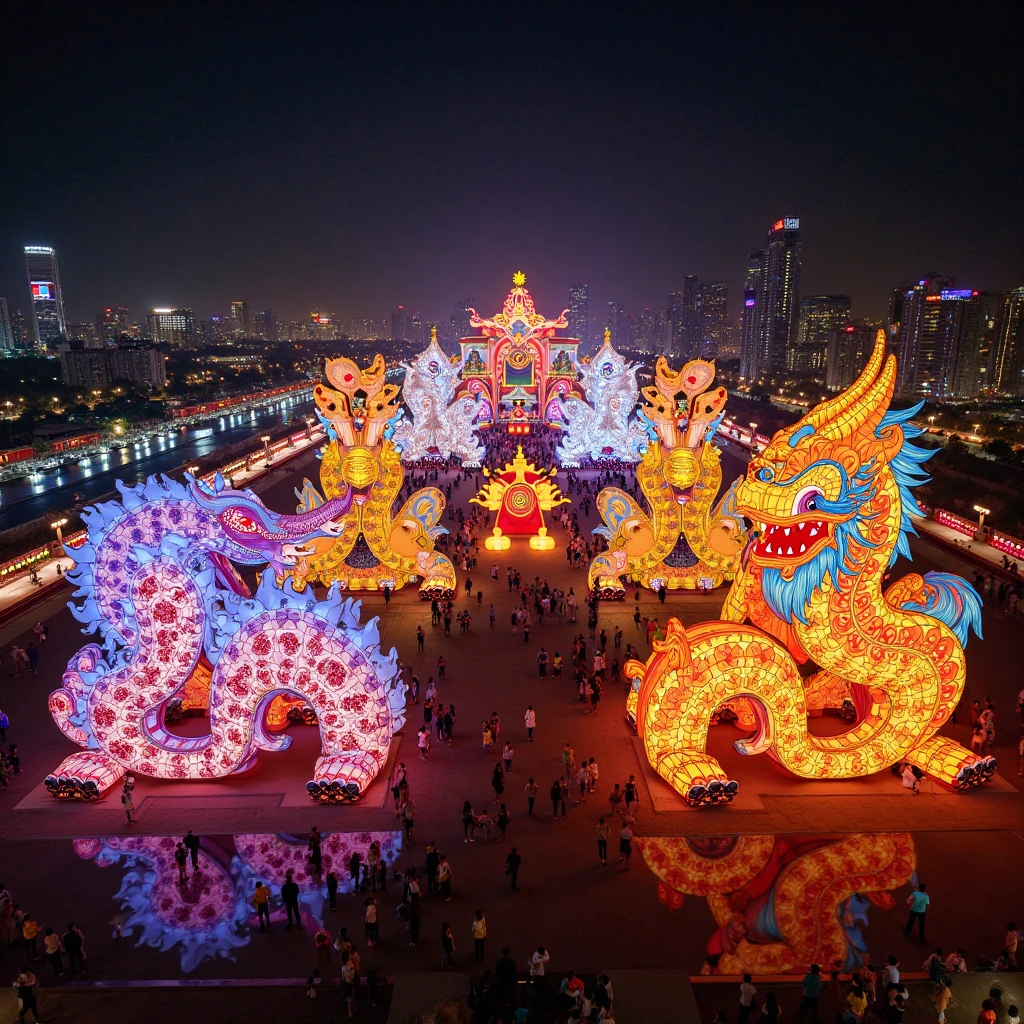
Chinese paper lanterns - it's a bridge between the past and the present. Try to create your own - and may it bring you luck!
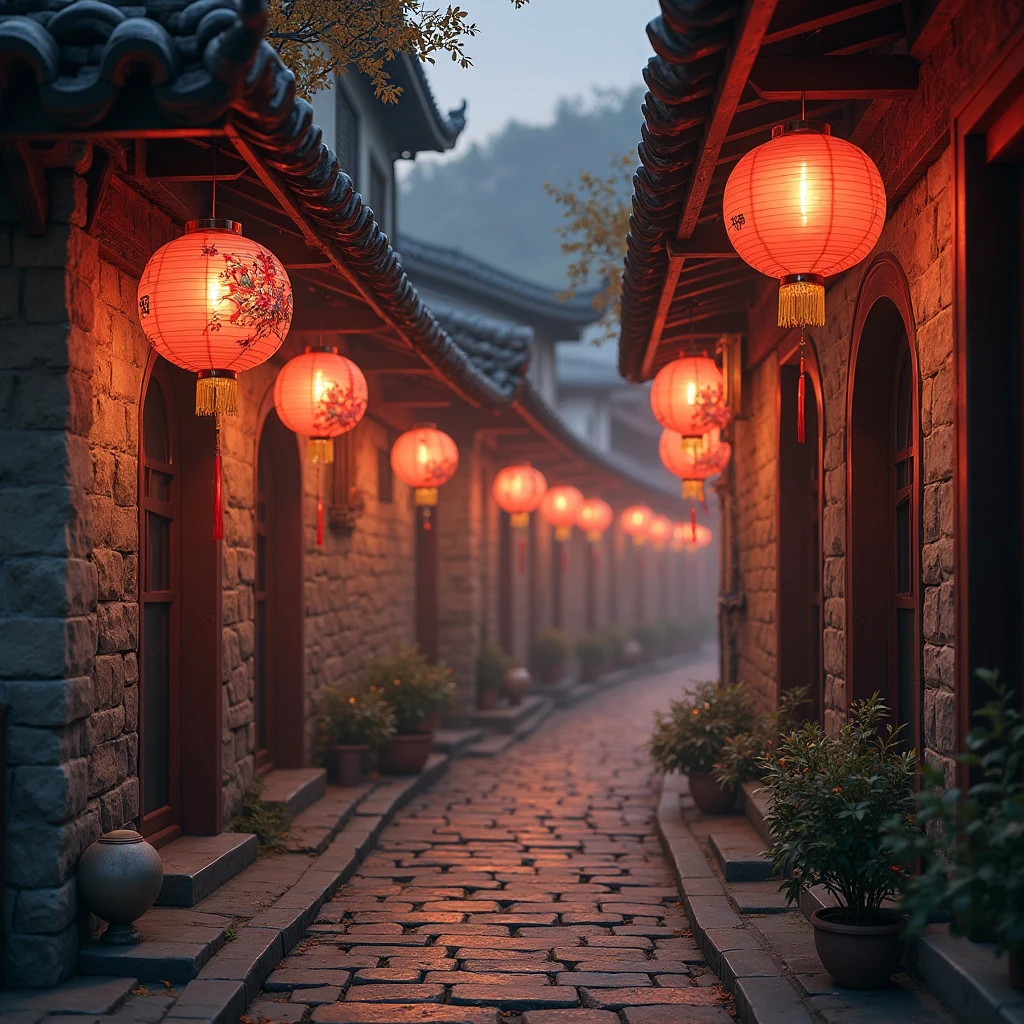
Want to delve deeper into the topic? In the following article. "Japanese lanterns: what is the difference from Chinese lanterns"! 🎎🎏


